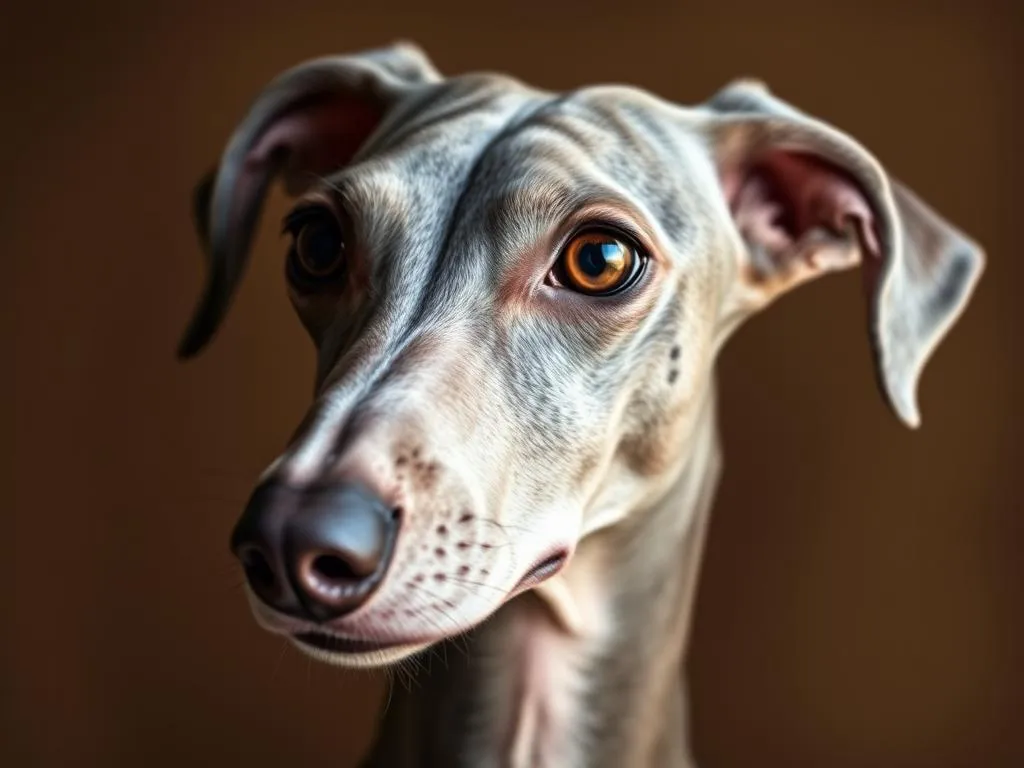
Introduction
The world of dog breeds is vast and diverse, with each breed bringing its own set of characteristics, history, and charm. Understanding the nuances of different breeds is essential for potential dog owners, as it influences decisions related to lifestyle, compatibility, and care. One breed that stands out due to its elegance, personality, and unique history is the Italian Greyhound. This breed has captured hearts throughout history, serving as a companion to nobility and art alike.
History of the Italian Greyhound
Origins
The Italian Greyhound boasts ancient roots tracing back to the Mediterranean region, particularly Italy. This breed is believed to have descended from the Greyhound, known for its speed and agility. Historical references to the Italian Greyhound can be found in various forms of art, from ancient pottery to Renaissance paintings, depicting them alongside nobility and in royal households.
Evolution of the Breed
Over the centuries, the Italian Greyhound has undergone subtle changes while retaining its charm and elegance. Originally bred for hunting small game, they transitioned into beloved companions. The breed was refined in the aristocratic circles of Italy, becoming a symbol of status and grace.
Recognition
The breed began to gain formal recognition in the 19th century, with kennel clubs acknowledging it as a distinct breed. The American Kennel Club (AKC) recognized the Italian Greyhound in 1886, and since then, it has maintained popularity among dog lovers. Today, it stands as a cherished breed known for its companionship and unique characteristics.
Physical Characteristics
Size and Build
The Italian Greyhound is a small breed, typically standing about 13 to 15 inches tall and weighing between 7 to 14 pounds. They possess a slender, graceful body structure with long legs and a deep chest. Their build is highly athletic, showcasing agility and speed.
Coat and Color
One of the most striking features of the Italian Greyhound is its short, smooth coat. This breed comes in a variety of colors, including fawn, blue, cream, black, and combinations of these colors. The coat is fine and requires minimal grooming, making it easy to maintain.
Distinctive Features
The Italian Greyhound is easily identifiable by its unique facial structure, characterized by a long, narrow head and large, expressive eyes. Their ears are typically folded back, adding to their elegant appearance. The combination of these distinct features gives the Italian Greyhound an air of sophistication.
Temperament and Behavior
General Personality Traits
The Italian Greyhound is known for its affectionate and playful nature. These dogs are often described as gentle, sweet, and sensitive. They thrive on companionship and are eager to please their owners. Compared to other breeds, their temperament is more reserved, yet they possess a playful spirit that can light up any room.
Social Behavior
In terms of social behavior, Italian Greyhounds are friendly and sociable with both humans and other pets. They can adapt well to different environments, although they often form strong bonds with their families. They enjoy playtime and are known for their bursts of energy, which can sometimes lead to the infamous “zoomies.”
Training and Intelligence
Training an Italian Greyhound can be a rewarding experience, as they are intelligent and eager to learn. However, their sensitive nature means that training should be approached with positive reinforcement techniques. Consistency and patience are key, along with engaging sessions that keep them mentally stimulated.
Health and Care
Common Health Issues
Like all breeds, Italian Greyhounds can be prone to certain health issues. Common concerns include dental problems, hip dysplasia, and patellar luxation. Their average lifespan is around 12 to 15 years, and regular veterinary check-ups are essential for preventive care.
Grooming Needs
Grooming the Italian Greyhound is relatively straightforward due to their short coat. Regular brushing is recommended to remove loose hair and keep their coat healthy. Bathing should be done as needed, and maintaining their dental hygiene through regular brushing is crucial.
Diet and Nutrition
An appropriate diet is vital for the health of an Italian Greyhound. High-quality dog food formulated for small breeds is ideal. Portion control is crucial, as this breed can be prone to obesity. It’s important to establish a feeding schedule that aligns with their activity level.
Living with an Italian Greyhound
Ideal Living Conditions
The Italian Greyhound is versatile when it comes to living conditions. They can thrive in both apartments and houses, provided they have enough space to move around. However, they do require a cozy spot to curl up, as they are known to enjoy lounging with their owners.
Exercise and Activity Requirements
Daily exercise is crucial for the Italian Greyhound. They enjoy walks, playtime in the yard, and even agility exercises. A minimum of 30 minutes of exercise each day is recommended to keep them physically fit and mentally stimulated. Engaging in activities like fetch or lure coursing can provide the mental and physical challenge they crave.
Family and Lifestyle Compatibility
Italian Greyhounds are well-suited for various lifestyles, including families, singles, and seniors. They adapt well to different environments and can make wonderful companions for children, although supervision is recommended due to their delicate nature. Their gentle demeanor also makes them suitable for older adults who seek a loving companion.
Adoption and Breeding
Finding an Italian Greyhound
When considering adding an Italian Greyhound to your family, you have two primary options: adoption or purchasing from a breeder. There are numerous rescue organizations dedicated to finding homes for Italian Greyhounds, which can be a great option for those looking to adopt.
What to Expect When Adopting
Adopting an Italian Greyhound may come with its own set of challenges, including initial adjustments as the dog settles into its new home. It’s important to provide a safe and comfortable environment, allowing time for the dog to acclimate. Integration into family life can be a smooth process with patience and proper introductions.
Ethical Breeding Practices
If you decide to purchase from a breeder, it’s crucial to choose one who practices ethical breeding. Responsible breeders prioritize the health and temperament of their dogs. Signs of a reputable breeder include transparency, a clean environment, and willingness to provide health clearances for their puppies.
Conclusion
The Italian Greyhound is a breed that offers a unique blend of elegance, affection, and playful energy. Its rich history and graceful characteristics make it a favorite among dog enthusiasts. As you consider bringing an Italian Greyhound into your home, reflect on their needs and how they align with your lifestyle.
FAQs
Common Questions About Italian Greyhounds
- Are Italian Greyhounds good with children?
-
Yes, they can be good with children, but supervision is important due to their delicate nature.
-
Do Italian Greyhounds shed a lot?
-
No, they have a short coat and typically shed minimal amounts.
-
How much exercise do Italian Greyhounds need?
- They require at least 30 minutes of exercise daily, which can include walks and playtime.
General Dog Breed Questions
- What is the average lifespan of an Italian Greyhound?
-
Italian Greyhounds typically live between 12 to 15 years.
-
Are Italian Greyhounds good apartment dogs?
- Yes, they adapt well to apartment living as long as they receive adequate exercise and mental stimulation.
In summary, the Italian Greyhound is a remarkable breed that combines beauty, intelligence, and a loving nature. Whether you are a first-time owner or an experienced dog lover, this breed can enrich your life with its charming personality.









